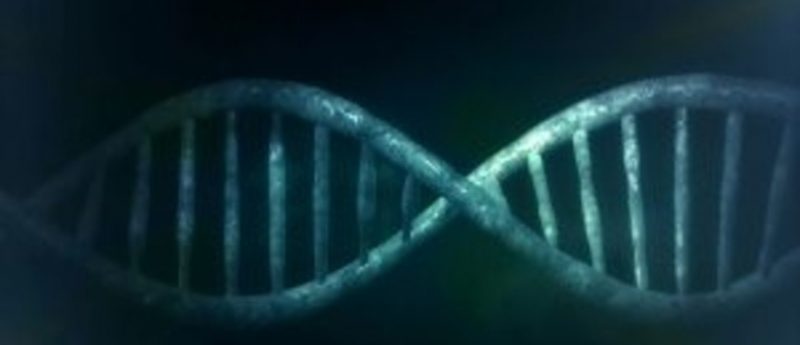Varying molecular defects linked to DDX3X gene mutations may help develop individualized therapy in medulloblastoma

Researchers from St Jude Children’s Research Hospital (TN, USA) have made progress towards developing more targeted therapies for pediatric medulloblastoma by demonstrating that mutations in the DDX3X gene lead to different molecular defects. Results from this study, published recently in the Journal of Molecular Biology, could help in the development of individualized therapy for medulloblastoma.
A 2012 study from St Jude Children’s Research Hospital identified DDX3X as a promising target for new therapies for medulloblastoma. The study reported that DDX3X was mutated in a high number of patients diagnosed with the WNT subtype of medulloblastoma. In total, eight DDX3X mutations were identified as being associated with this subtype and now researchers have reported that these DDX3X mutations result in different molecular defects.
In this latest study, researchers utilized biochemical, genetic and structural experiments to identify molecular defects linked with two of the DDX3X mutations associated with medulloblastoma. They demonstrated that these mutations interfere with the ability of the DDX3X protein to bind to RNA.
In order to function correctly, DDX3X must bind RNA and release the chemical energy stored in ATP. This process depends on a short, flexible loop in DDX3X termed the ATP-binding loop, and without this loop DDX3X and related enzymes could not access energy stored in ATP. The results indicated that two DDX3X mutant proteins were not able to tap ATP energy, but contrastingly, the other DDX3X mutations associated with medulloblastoma demonstrated little or no decrease in ATP consumption activity.
Co-corresponding author Eric Enemark from the St Jude Department of Structural Biology remarked: “Our research indicates that mutations of DDX3X do not all lead to a common defect in cells. As a result, therapies that target DDX3X mutations will need to be tailored to account for the specific molecular defects caused by the different disease-associated mutations.”
To increase understanding of the consequences of these mutations, researchers then utilized a yeast model. They reported that if either of the same two mutant DDX3X proteins were substituted for the most similar protein in fission yeast, the yeast died. When the substitution involved the normal human DDX3X protein or DDX3X proteins with other medulloblastoma-associated mutations, the yeast survived.
Co-corresponding author Janet Partridge from the St Jude Department of Pathology commented: “Putting the mutant proteins into the yeast model identified which defects were harmful and provided insight into the DDX3X protein function. We know from previous studies that the fission yeast version of DDX3X is thought to play a role in translation of key regulatory proteins, possibly by helping untangle parts of the RNA molecule. Those proteins include cyclins that regulate cell division, a process often disrupted in cancer.”
Further research in this area is needed, as Enemark concluded: “We have identified a set of defects for one set of DDX3X mutants that provides a foundation for efforts to develop more individualized treatments for patients with those defects. We still need to determine the molecular defects for the second class of mutants.”




